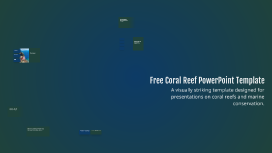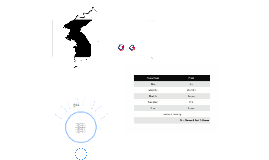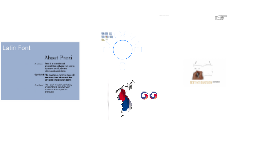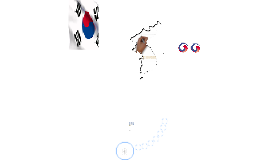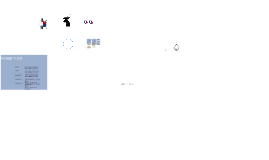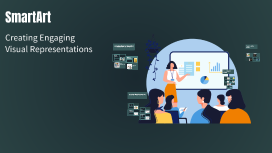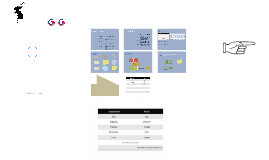SmartArt
Transcript: SmartArt Examples and Case Studies Introduction to SmartArt Creating Engaging Visual Representations Real-world Applications Analyzing Successful Presentations SmartArt is utilized in business presentations, educational settings, and marketing campaigns. For example, companies use it to visualize project timelines or organizational structures, enabling audiences to grasp complex concepts quickly. Notable presentations leveraging SmartArt include TED Talks and corporate pitches. These presentations effectively use visuals to summarize data, engage audiences, and enhance retention of information, demonstrating the impact of visual aids. What is SmartArt? Lessons Learned from Case Studies SmartArt in Presentations Future Trends in Visual Representation SmartArt is a feature in Microsoft Office that allows users to create diagrams and graphics for visual representation of information. It streamlines the process of transforming complex ideas into easily understandable images that enhance presentation quality. A review of case studies reveals that presenters who employ SmartArt experience increased audience engagement and comprehension. Feedback shows that visuals simplify complex data, making information more accessible to diverse audiences. The future of SmartArt will likely incorporate AI-driven designs and interactive elements. As technology advances, more dynamic and customizable visual tools will emerge, enhancing how information is presented and understood in diverse sectors. SmartArt enhances presentations by providing a variety of graphics that illustrate hierarchies, processes, and relationships. Its ease of use allows presenters to convey complex information quickly and effectively, resulting in better audience engagement. Why Visual Communication Matters Key Features of SmartArt Visual communication significantly improves understanding by transforming data into clear visual formats. Studies indicate that visuals increase retention rates by up to 65% compared to text alone, making information more accessible and engaging. SmartArt includes a wide range of graphics such as lists, processes, hierarchies, and relationships. Users can customize colors, styles, and layouts, enabling personalization and alignment with branding or thematic content. Types of SmartArt Graphics List Graphics Process Graphics List graphics present information in a linear format, allowing for clear and concise communication of facts, tasks, or items. They are particularly effective for summarizing key points and making information easily accessible to the audience. Process graphics illustrate a sequence of steps in a process or workflow, enabling audiences to understand progress and chronological order. They effectively highlight relationships between tasks and are widely used in operational and project management contexts. Hierarchy Graphics Cycle Graphics Hierarchy graphics represent organizational structures or rankings, showcasing relationships and report lines within a system. Frequently employed in corporate presentations, they clarify roles and responsibilities effectively. Cycle graphics depict continuous processes or systems where each phase leads to the next, ideal for illustrating concepts like feedback loops or recurring cycles. Commonly used in quality management and improvement initiatives, they emphasize interdependence. Relationship Graphics Matrix Graphics Relationship graphics highlight connections and interactions between different entities or components. They are valuable for illustrating collaborations, partnerships, and networks, helping audiences understand complex interrelations. Matrix graphics visualize data in a grid format, allowing for easy comparison and analysis of multiple items. Ideal for representing relationships between two or more variables, they support decision-making by clarifying options and trade-offs. Pyramid Graphics Pyramid graphics depict hierarchical structures with the largest category at the base, tapering to the smallest. Commonly used for illustrating models or frameworks, they effectively communicate the significance of different levels in a system. Creating Effective SmartArt Choosing the Right Graphic Selecting the appropriate SmartArt graphic is essential for conveying your message effectively. Consider the type of data and the relationships you want to represent, ranging from hierarchies to processes, ensuring clarity and relevancy to the audience's understanding. Incorporating Text and Graphics Customizing SmartArt Styles Effective integration of text with SmartArt graphics strengthens the message. Utilize concise language and clear fonts, ensuring that the text complements the visuals without cluttering, thus enhancing readability and engagement. Tailoring the design of SmartArt can significantly improve its impact. Adjust colors, shapes, and effects to align with your brand identity and presentation theme, enhancing visibility and coherence across slides. Best Practices






